Innovative Uses of Virtual Reality in Interior Design
Virtual reality is transforming the field of interior design, empowering professionals and clients alike to experience and interact with design concepts on an entirely new level. By simulating spaces with remarkable realism, VR is replacing traditional flat sketches and 2D models, inviting immersive exploration and collaboration. This cutting-edge technology is not only enhancing creativity but also streamlining workflows, supporting eco-friendly choices, and making interior design more personalized than ever before. The following sections delve into the myriad innovative uses of virtual reality in interior design, uncovering how VR is redefining the way we envision, create, and inhabit spaces.
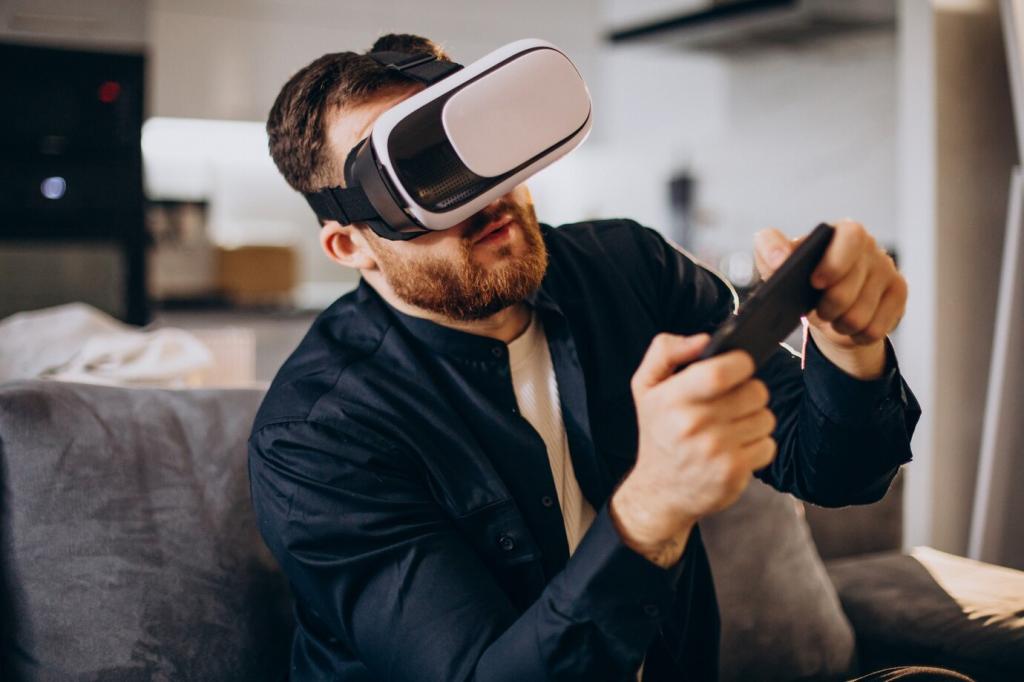
Immersive Space Planning
Virtual reality allows clients to step inside a digital replica of their future space, experiencing the design as if it already exists. This immersive walkthrough capability removes guesswork, letting users intuitively understand room sizes, flow between areas, and the spatial relationship between furniture and features. Being able to ‘move’ through a room and see it from different perspectives radically enhances comprehension and confidence in design decisions, minimizing post-project dissatisfaction.
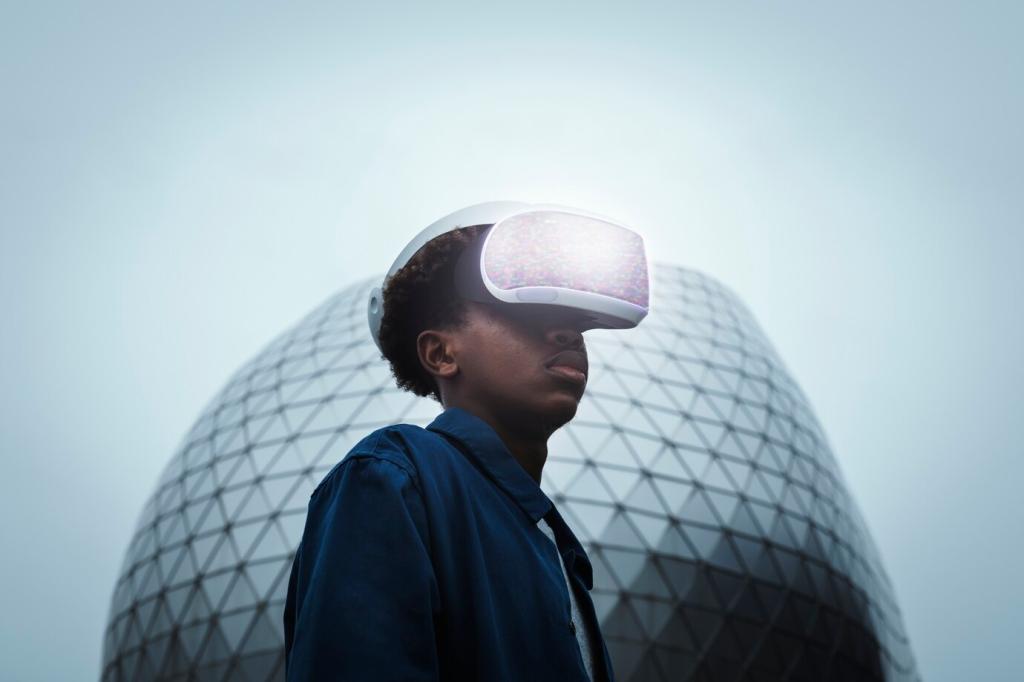

Previous slide
Next slide
Collaborative Design and Remote Consultation
Remote teams and clients can meet inside their VR-rendered interior, discussing changes while sharing a synchronized, immersive environment. This shared experience encourages clearer communication, reduces misunderstandings, and accelerates decision-making, as all parties can literally see the same thing, no matter where they are located.
Bringing together architects, engineers, and contractors in the virtual space ensures everyone involved understands the project holistically. Issues like structural constraints or electrical layouts can be viewed and discussed directly in the model, preventing delays, costly mistakes, and scope creep. Early collaboration facilitated by VR leads to smoother builds and a final product truer to the original vision.
Design trends vary by region, but VR makes it easy for global clients to collaborate with designers from around the world. Whether a client is in Tokyo working with a designer in Paris, both can explore the virtual space and adapt cultural-specific elements instantly, creating interiors that blend global inspiration with personal taste.
Previous slide
Next slide
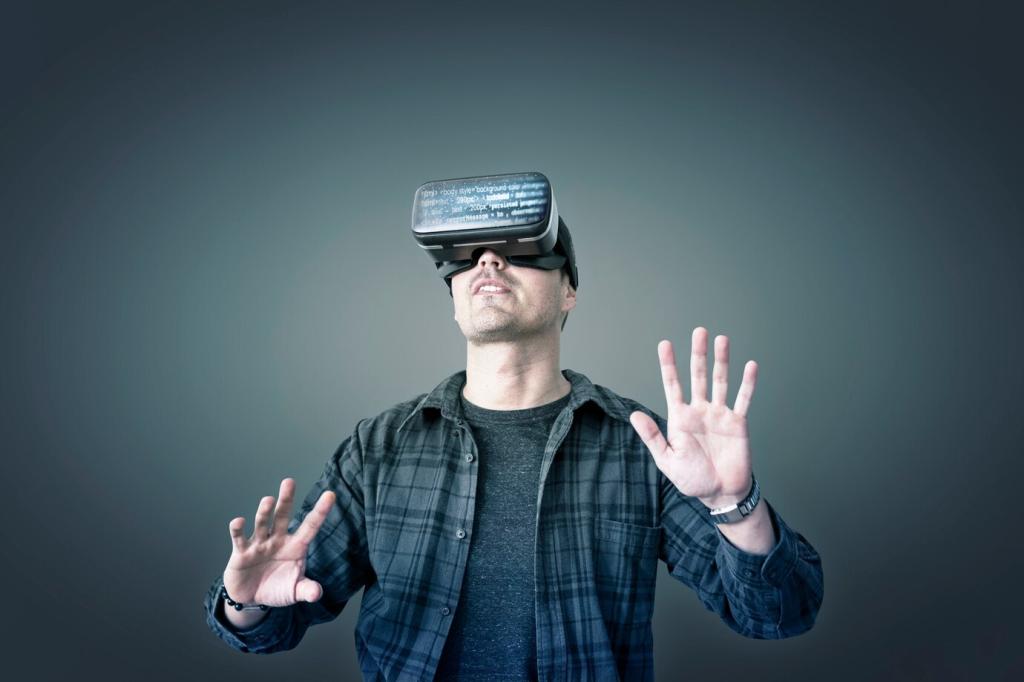
Sustainable Design Solutions
Virtual Prototyping and Reduced Waste
VR makes it possible to prototype countless design versions without physical samples, minimizing material waste and shortening the design cycle. Every alteration is visualized instantly, allowing for experimentation with green materials and energy-efficient layouts before any resources are consumed, leading to more sustainable projects from conception to execution.
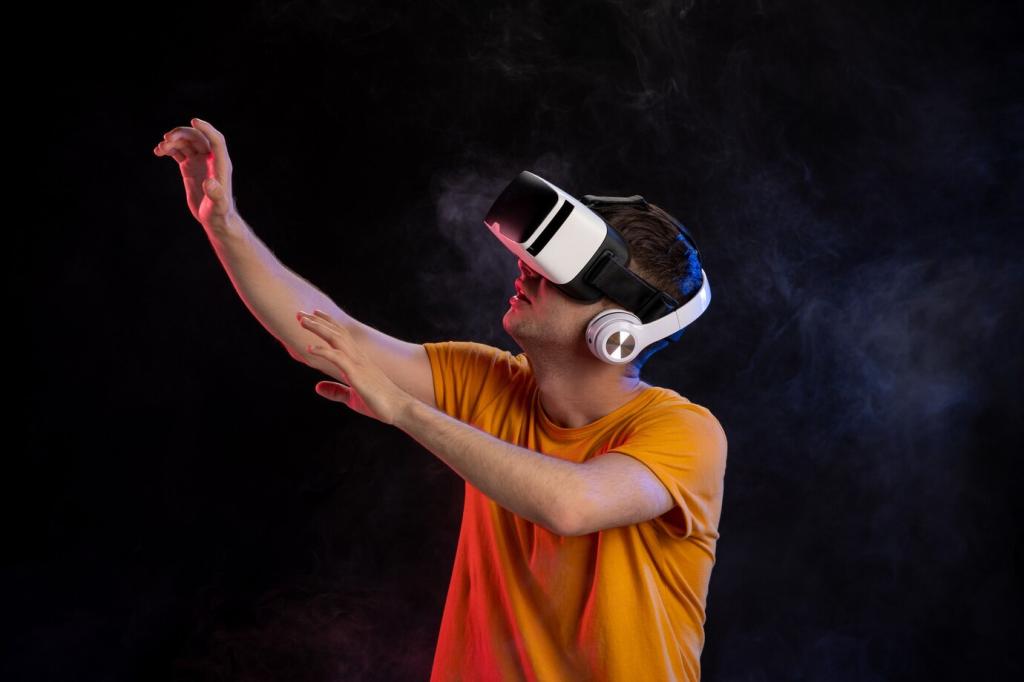

Energy Efficiency Visualization
By simulating sun paths, window placements, and shading, VR allows clients to experience how natural light and temperature will affect their interiors. This promotes informed decisions about insulation, window treatments, and energy-efficient appliances, leading to interiors that are both comfortable and environmentally responsible in the long term.
Advanced Training and Education
Design students can create, modify, and inhabit virtual interiors, gaining experiential knowledge that traditional curriculum cannot deliver. This hands-on practice nurtures creativity, spatial awareness, and confidence before entering the professional world, ensuring graduates are better prepared for industry demands.
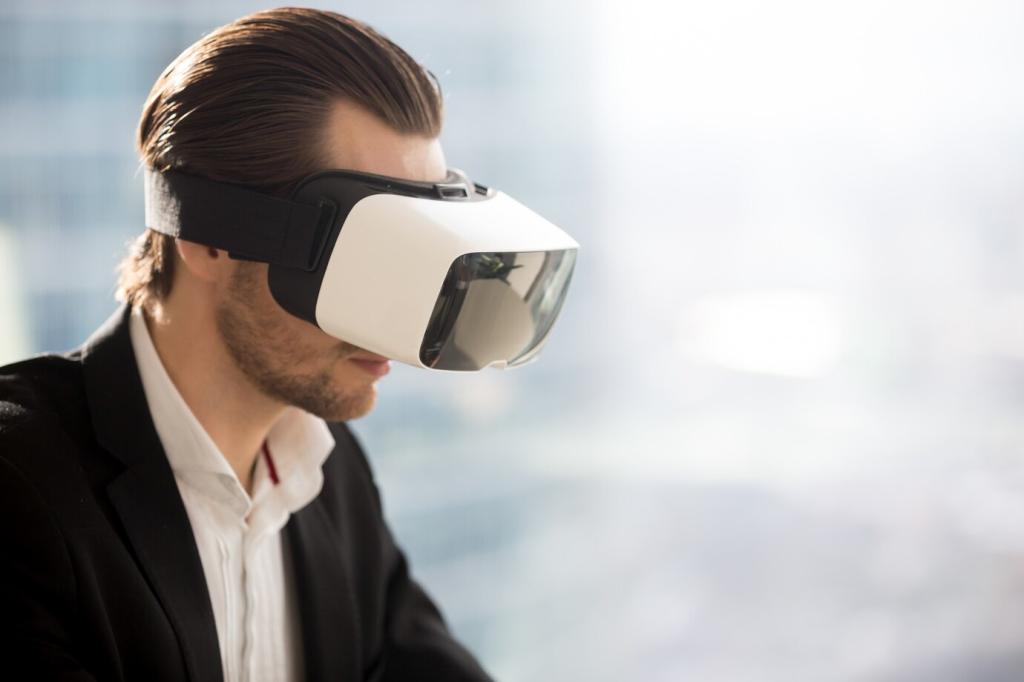
Virtual showrooms allow clients to explore a designer’s signature style and previous projects in an interactive, memorable format. Instead of flipping through a flat photo portfolio, users can ‘walk through’ a variety of interiors, deepening brand engagement and demonstrating the designer’s capabilities in an engaging, memorable way.
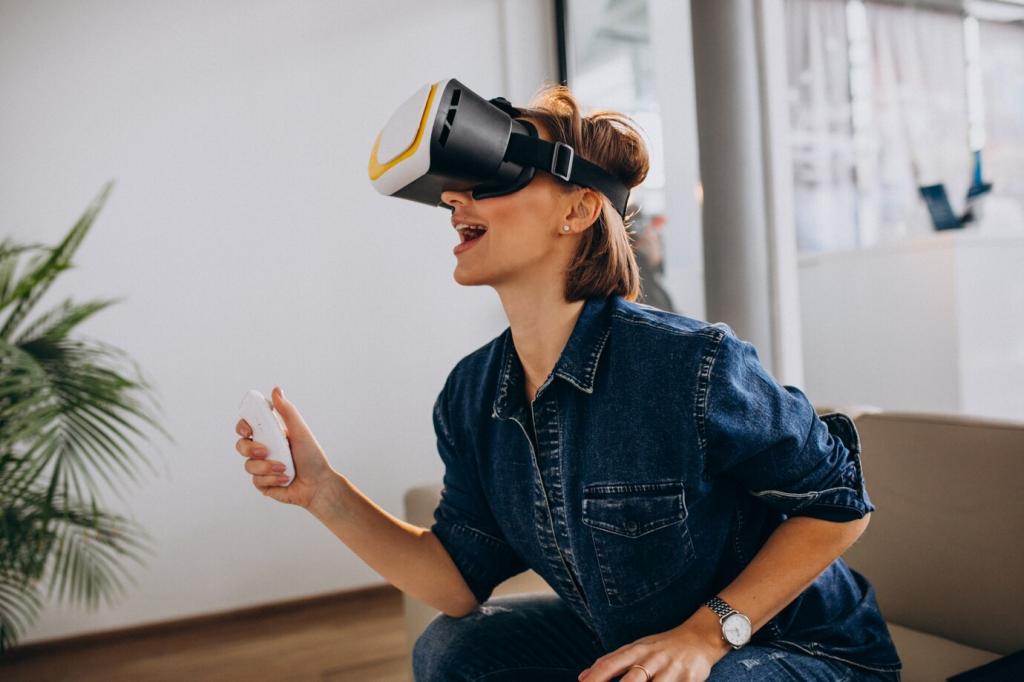
Prospective clients can see tailored design solutions for their unique spaces before committing to a project. VR presentations offer a convincing, tangible preview, fostering trust and excitement. This level of customization reassures clients that the firm can deliver results perfectly aligned with their desires and functional needs.
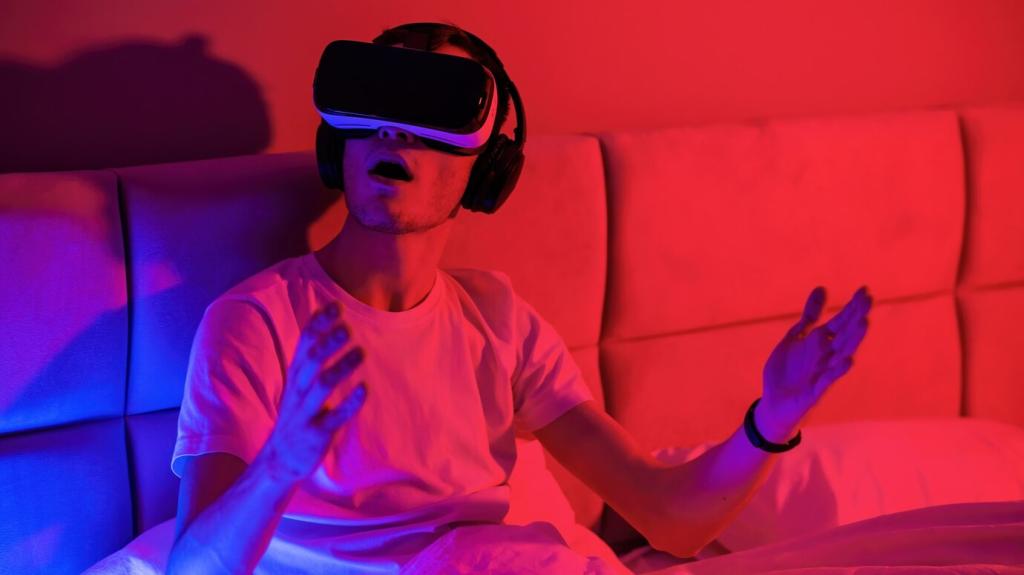
VR-generated content, such as 360-degree tours and virtual staging, enhances digital marketing campaigns and social media outreach. These immersive materials are not only eye-catching but also shareable, increasing reach and driving interest from tech-savvy audiences seeking innovative design experiences.
